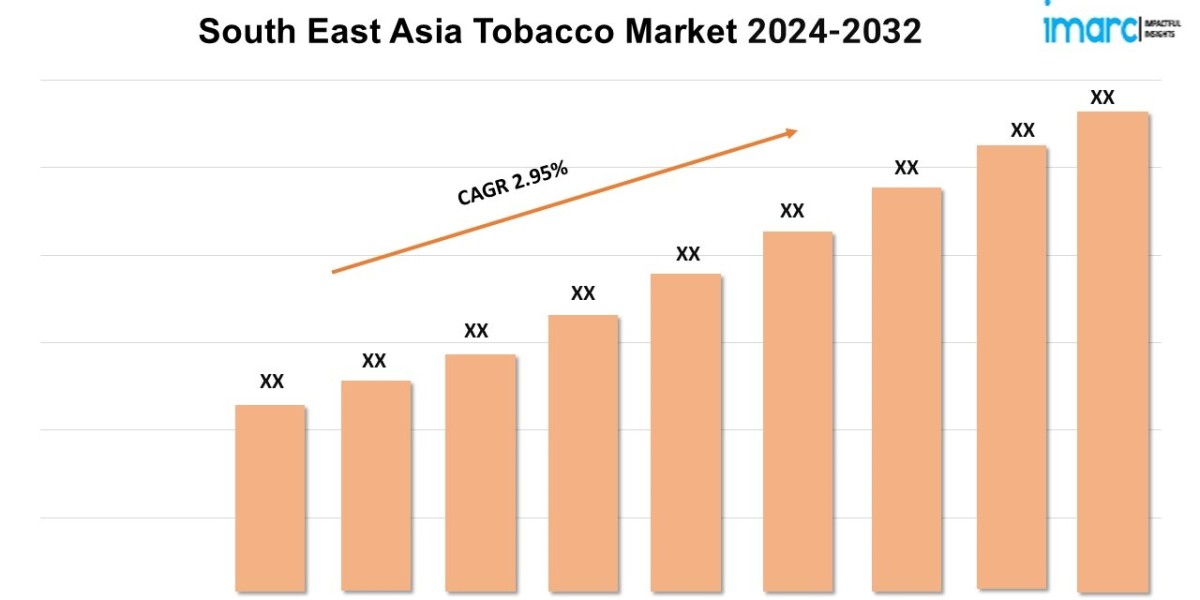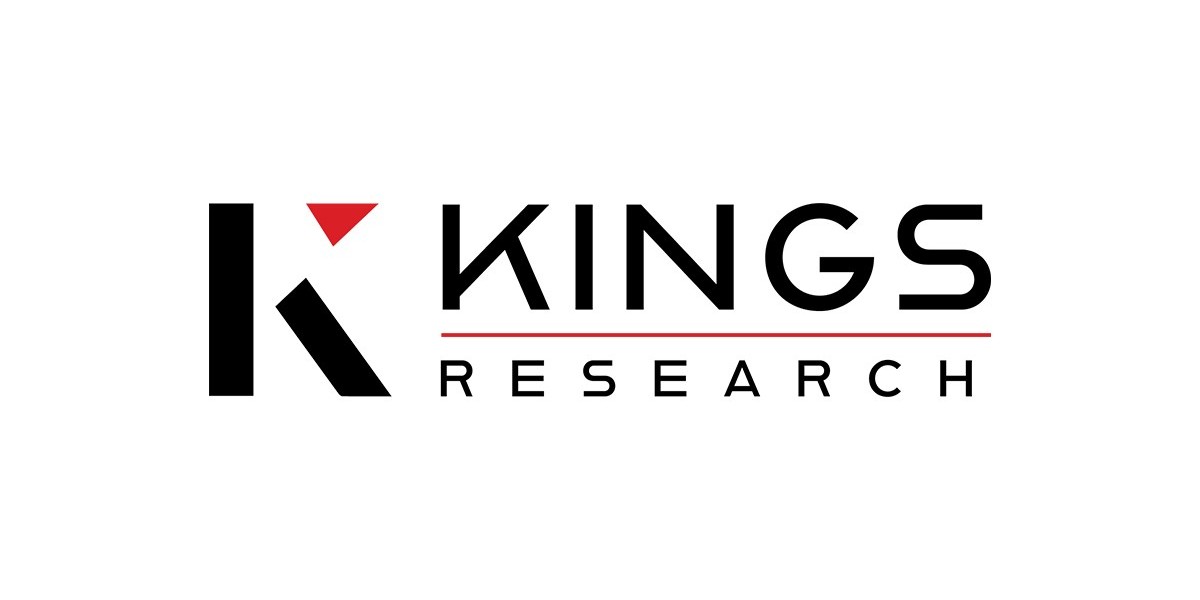Industrial processes rely on precise temperature control to function efficiently. This is where heat transfer fluids (HTFs) come in, acting as the silent heroes behind countless operations. The global HTF market is experiencing a significant rise, fueled by several key factors, and is poised for continued growth in the years to come.
Market on the Rise
According to Stratview Research, the global heat transfer fluid market size was valued at USD 10.29 billion in 2022 and it is projected to reach USD 13.14 billion by 2028, growing at a CAGR of 4.10% during 2023-2028. This steady growth can be attributed to a confluence of trends across various industries.
Driving Forces
- Renewable Energy Boom: The growing adoption of concentrated solar power (CSP) plants is a major driver. HTFs play a crucial role in these plants, transferring heat from the sun's rays to generate electricity. As the world transitions towards renewable energy sources, the demand for HTFs in CSP is expected to surge.
- Industrial Expansion: The ongoing expansion of the chemical processing industry globally is another key factor. HTFs are essential components in reboilers, which are vital for distillation processes. The increasing demand for chemicals further fuels the need for efficient HTFs.
- Focus on Efficiency: Industries are constantly seeking ways to optimize energy consumption. HTFs that offer superior thermal stability and heat transfer capabilities can significantly improve process efficiency, leading to cost savings and a reduced environmental footprint.
Product Landscape
The HTF market offers a diverse range of products, each catering to specific needs:
- Mineral Oils: Currently dominating the market, mineral oils are popular due to their affordability and good thermal properties. However, concerns regarding their environmental impact are driving research into more sustainable alternatives.
- Glycols: Offering a good balance of performance and cost, glycols like ethylene and propylene glycol are widely used in HVAC systems, automotive applications, and various industrial processes. Their versatility is a key advantage.
- Silicone & Aromatics: Silicone-based HTFs are known for their high thermal stability and wide operating temperature range. They are particularly suited for applications requiring extreme temperatures.
- Nanofluids: This emerging segment represents the future of HTFs. Nanofluids are traditional fluids enhanced with nanoparticles, offering significantly improved heat transfer properties. The growing focus on nanotechnology is expected to accelerate the adoption of nanofluids in the HTF market.
Regional Dynamics
The growth of the HTF market is not uniform across the globe. Certain regions are expected to witness a faster rise:
- Asia Pacific: This region is at the forefront of growth, driven by rapid industrialization and increasing investments in renewable energy, particularly in China and India.
- North America: With a well-established industrial base and growing focus on energy efficiency, North America remains a significant market for HTFs.
- Europe: Stringent environmental regulations in Europe are pushing the demand for eco-friendly HTFs, creating opportunities for bio-based and biodegradable options.
Challenges and Opportunities
Despite its promising outlook, the HTF market faces certain challenges:
- Fluctuating Oil Prices: As some HTFs are petroleum-based, price volatility in the oil market can impact production costs and overall market stability.
- Environmental Concerns: The environmental impact of traditional HTFs, particularly regarding disposal and potential leaks, is a growing concern. Developing sustainable and biodegradable HTFs is crucial for future growth.
However, these challenges also present opportunities:
- Innovation in Sustainable HTFs: The need for eco-friendly options is driving research into bio-based HTFs derived from renewable resources. This segment holds immense potential for future market expansion.
- Focus on Efficiency and Performance: As industries strive for optimal performance, HTF manufacturers can focus on developing high-performance fluids with superior heat transfer capabilities and wider operating temperature ranges.
The Future of Heat Transfer Fluids
The global HTF market is on a steady growth trajectory. As the world focuses on renewable energy, industrial efficiency, and environmental sustainability, the demand for innovative and eco-friendly HTFs is expected to rise. Continuous research and development in nanofluids, bio-based options, and high-performance fluids will be paramount for shaping the future of this dynamic market.
Looking Ahead: A Word on Regulations
Regulatory frameworks play a vital role in the HTF market. Stringent regulations regarding safety, environmental impact, and disposal will influence the development and adoption of HTFs. Manufacturers who stay ahead of the curve by adhering to evolving regulations and focusing on sustainable solutions will be well-positioned to thrive in the years to come.



